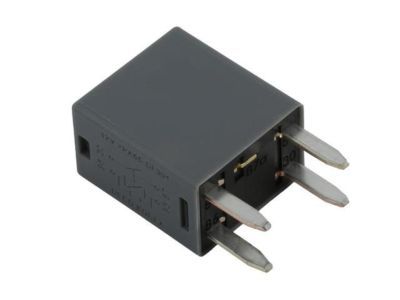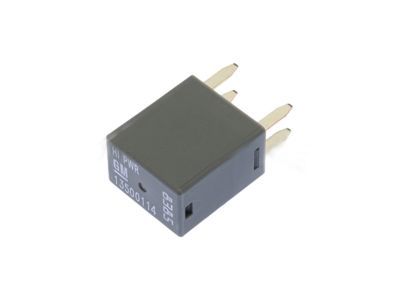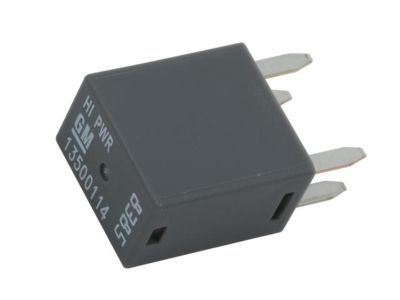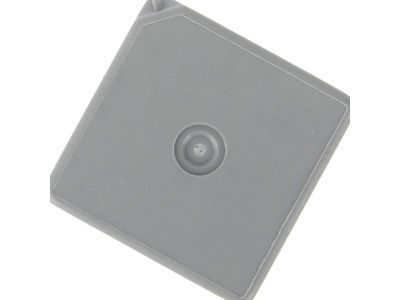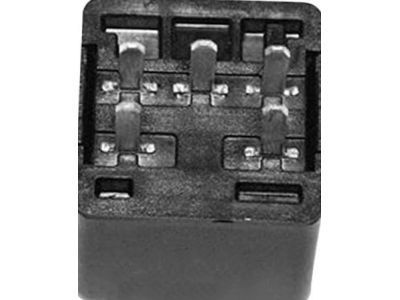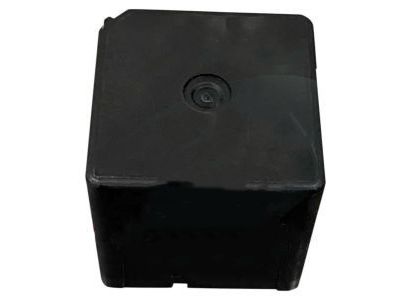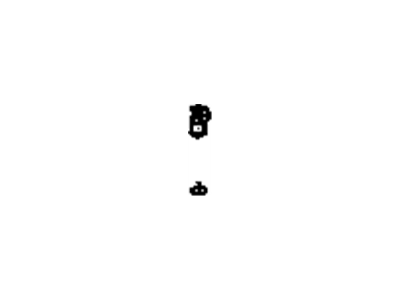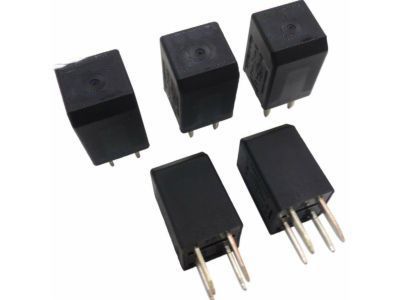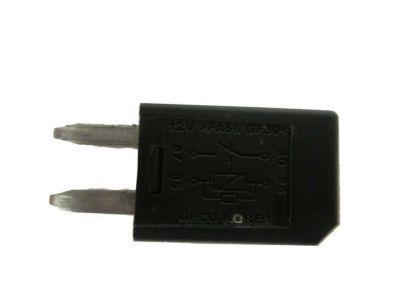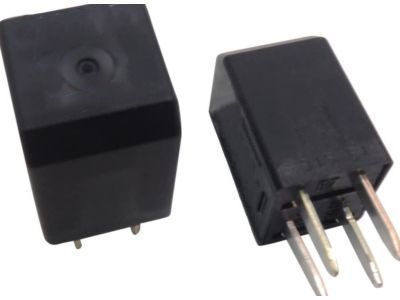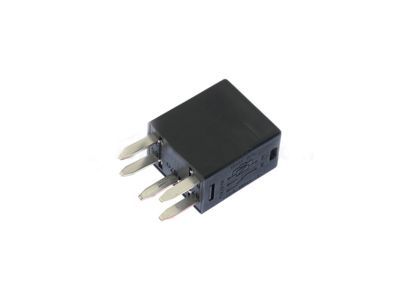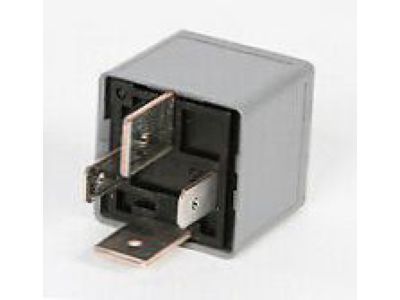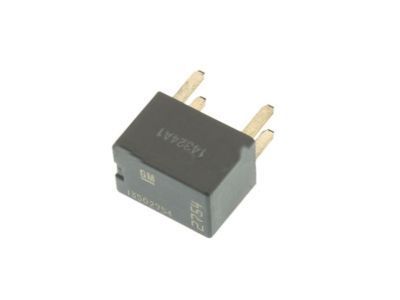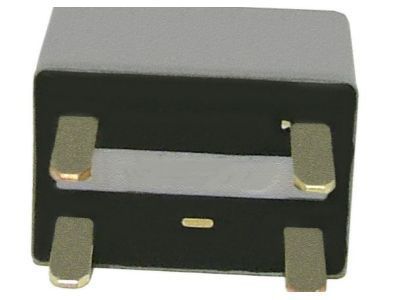
My Garage
My Account
Cart
Genuine Cadillac DTS Relay
Wire Relay- Select Vehicle by Model
- Select Vehicle by VIN
Select Vehicle by Model
orMake
Model
Year
Select Vehicle by VIN
For the most accurate results, select vehicle by your VIN (Vehicle Identification Number).
11 Relays found
Cadillac DTS RELAY ASM,ACSRY TIME DELAY CUTOFF *GRAY
Part Number: 13500114$10.20 MSRP: $20.88You Save: $10.68 (52%)Ships in 1-2 Business DaysCadillac DTS Relay Asm,Multiuse *Gray
Part Number: 13503102$7.77 MSRP: $16.90You Save: $9.13 (55%)Ships in 1-2 Business DaysCadillac DTS RELAY ASM,FAN CONT
Part Number: 13503103$5.19 MSRP: $11.29You Save: $6.10 (55%)Ships in 1-2 Business DaysCadillac DTS Relay
Part Number: 13500113$8.14 MSRP: $15.36You Save: $7.22 (48%)Ships in 1-2 Business DaysCadillac DTS RELAY ASM,WSW MOT *BLACK
Part Number: 13500126$11.60 MSRP: $21.88You Save: $10.28 (47%)Ships in 1-3 Business DaysCadillac DTS Relay,Multiuse
Part Number: 21997416$22.44 MSRP: $42.34You Save: $19.90 (47%)Ships in 1-2 Business DaysCadillac DTS RELAY
Part Number: 13468936$7.03 MSRP: $13.26You Save: $6.23 (47%)Ships in 1-2 Business DaysCadillac DTS Relay,PCM
Part Number: 19115080$11.07 MSRP: $20.88You Save: $9.81 (47%)Ships in 1 Business DayCadillac DTS Relay Asm,Secondary Air Injection Pump
Part Number: 19116420$14.45 MSRP: $25.92You Save: $11.47 (45%)
Cadillac DTS Relay
Each OEM Cadillac DTS Relay we offer is competitively priced and comes with the assurance of the manufacturer's warranty for the part. Furthermore, we guarantee the speedy delivery of your orders right to your doorstep. Our hassle-free return policy is also in place for your peace of mind.
Cadillac DTS Relay Parts Questions & Experts Answers
- Q: How to test and replace faulty relays on Cadillac DTS?A:The relays are used in the vehicle for transmitting electrical signals to components such as fuel injection system, Horns, starter and fog lamps. In a relay, there is a control circuit that opens and closes a power circuit with low current and high current respectively. If a relay becomes defective, its related component will not function properly. Many relays are usually located in engine compartments including interior fuse/relay boxes while other models have their fuse blocks or electrical centers under the rear seat or in the trunk. Follow these procedures to remove and test suspected faulty relays or have them evaluated by a dealer service department or repair shop. It is necessary to replace faulty relays with complete units. Most of these vehicles use relays that meet "ISO" relay type standards which are identified by numbered terminals showing their usual circuits' connections and functions. These relays have two main terminal layouts. Two of the relay terminals serve as the control circuit and connect to the relay coil, while the remaining terminals function as the power circuit. When energized, the coil generates a magnetic field that closes the large contacts of the power circuit supplying power to the loads in this circuit. Usually, terminals 85 and 86 are used as control circuits with terminal 86 connected to battery positive (B+) voltage when it has diode while terminal 85 grounded on some applications. For relays containing a resistor, terminals 85 and 86 can be connected in either direction concerning B+ and ground. Terminal 30 is generally connected to battery voltage (B+) source for circuit loads; whereas terminal 87 connects to downstream path of controlled component's circuitry. Those few types having several alternative load or ground connections may often be labeled as 87A, 87B, 87C etcetera. To determine if continuity exists throughout the entire relay control coil an ohmmeter should be used. During testing it is important to follow polarity indicated within the illustration, reversing the ohmmeter leads to check continuity in the other direction. A relay that contains a resistor should have consistent resistance in either direction, whereas a diode would demonstrate high resistance when its applied polarity is opposite to the reverse polarity. In case the ohmmeter registers infinite resistance in both directions then replace the relay. Furthermore, the vehicle's relay can be taken out of it and continuity tested between its power circuit terminals where terminal 30 and 87 should not show any continuity if the relay is de-energized. If correct fused jumper wires are connected to terminal 86 and 85 and from positive battery terminal to ground respectively, then there must be clicking sound at this relay. By placing these jumper wires across power circuit terminals, one can test for continuity using continuity tester between terminals 30 and 87.Within these tests, if relay fails it should be replaced as necessary.
